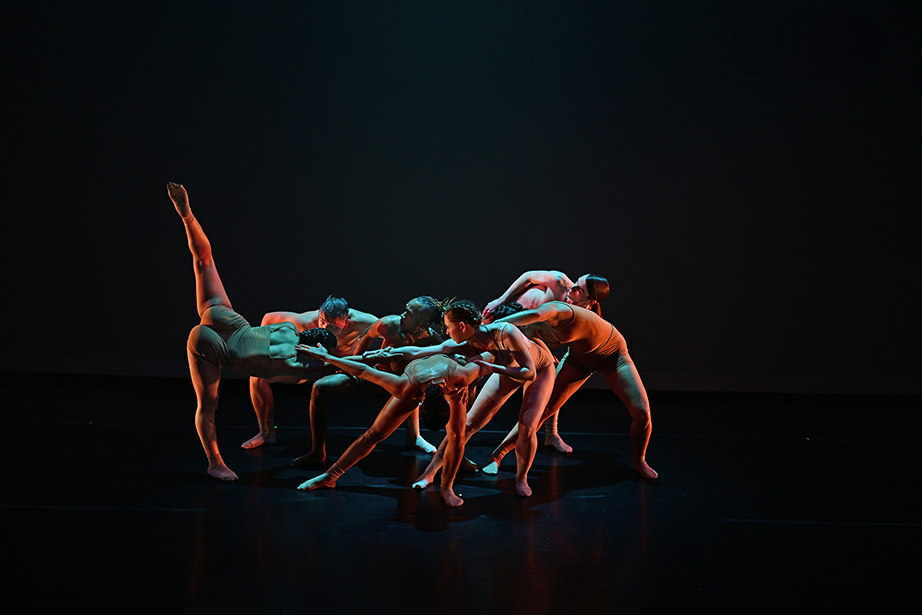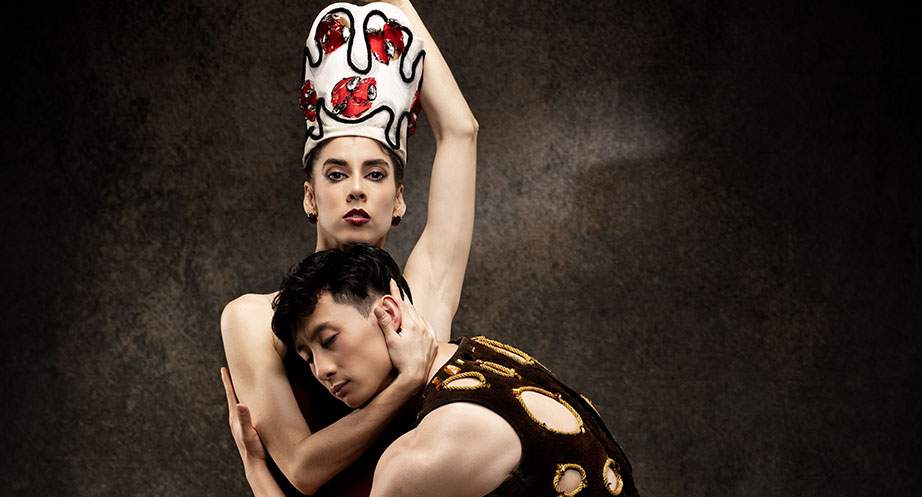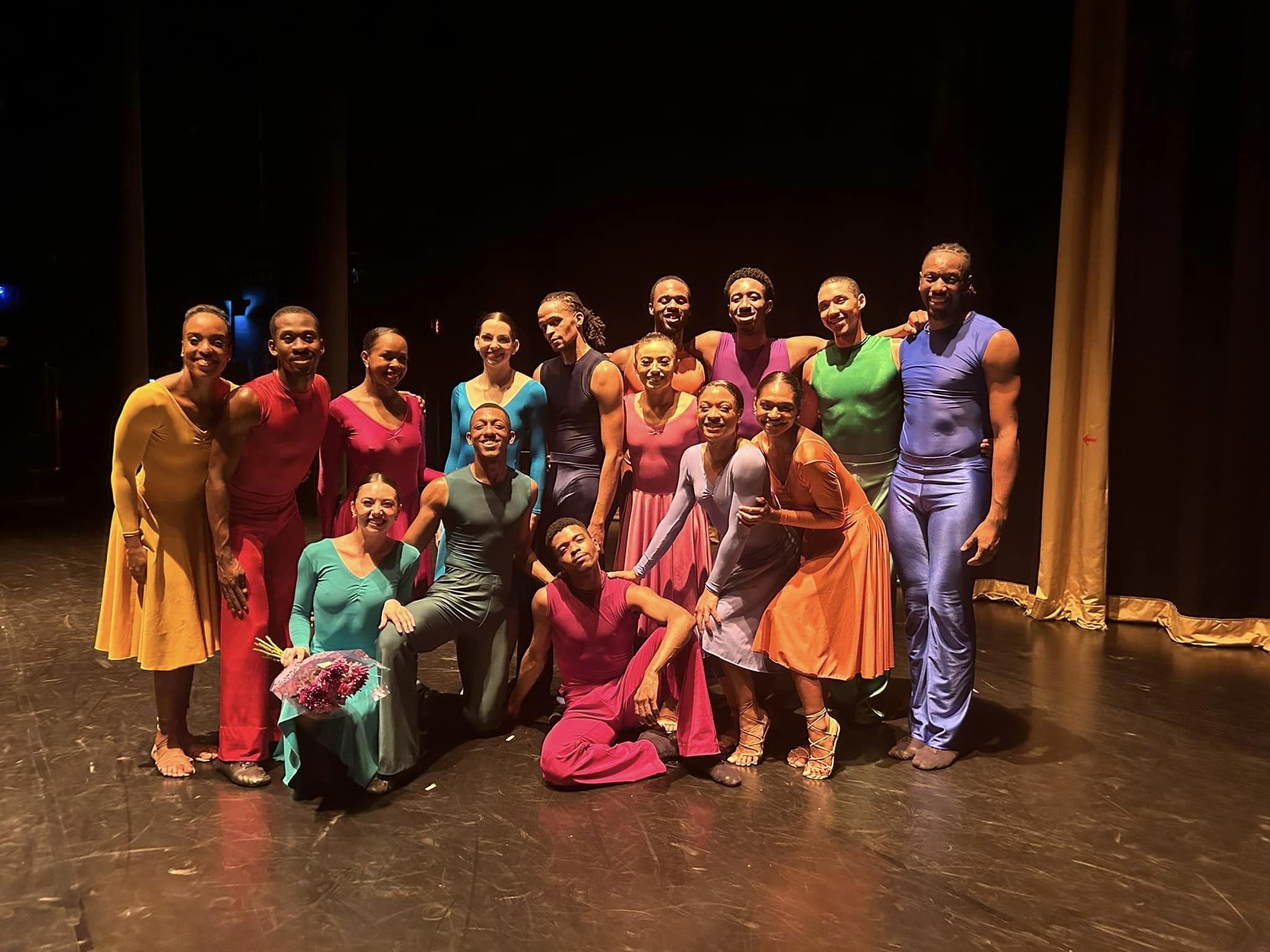Before I proceed with this article I would like to offer a disclaimer. Politically, I am non-partisan. I consider myself to be independent of party and prefer to vote for individual candidates based on their record and platform. As an advocate and active lobbyist for dance and the performing arts, I try to always investigate any candidate’s stance with regards to the arts and arts education before casting my vote.
With the presidential election not too far away, I think it is fair to critically examine the platforms of both major parties and candidates. The material compiled in this article comes directly from the published platforms and speeches of both the Democratic and Republican parties. I have spent almost six weeks reading party platforms, reviewing speeches and researching this topic. Truth be told, my head is spinning from all this. While I was trying to be as objective as possible in writing this article, with arts funding continually being under fire, the task became much harder than anticipated.
There are many other issues, which obviously play a huge factor in this year’s election; this article only examines the arts platforms.
The Republican Platform
In reviewing the Republican Platform as published at http://www.scribd.com/doc/104221532/2012-Gop-Platform, I was unable to find a single mention of the arts, performing arts or arts education. Even a word search on the entire document yielded not a single hit for the word culture or arts.
At the suggestion of a local Republican representative, who actually asked not to be named, I turned toward video broadcasts and transcripts of recent political speeches made by Mitt Romney and other party officials. Again the information was sparse, but here is what I found …
“There are programs I would eliminate. Obamacare being one of them but also various subsidy programs — the Amtrak subsidy, the PBS subsidy, the subsidy for the National Endowment for the Arts, the National Endowment for the Humanities.”
“Some of these things, like those endowment efforts and PBS I very much appreciate and like what they do in many cases, but I just think they have to stand on their own rather than receiving money borrowed from other countries, as our government does on their behalf.”
This stance was also re-iterated in an interview published in Fortune Magazine. In essence, Mitt Romney would cut the federal government’s support of cultural and artistic programs “to ensure that federal spending does not exceed 20% of the Gross Domestic Product.”
Reality Check. After reviewing the data in the current federal budget and identifying any program that was even remotely related to the arts or arts funding, the totals only came to $2.5 billion dollars. This may seem like a lot, but in reality it is 0.066% of the total federal budget. So given arts spending does not even comprise 1% of the total federal budget, why has the arts sector once again come under fire? With all the subsidies that went to for-profit corporations, why does the American public perceive that cutting the arts will somehow preserve our economy? There also seems to be a pluralistic ignorance by the American public of just how much is actually spent on the arts. For fun, take your own survey of a few friends and ask them what percentage of the federal budget goes to the arts. In my informal poll, I got ranges from 5% to 30%. Why does a discussion of the arts conjure up an expensive and out of reach programming that the average American does not attend or appreciate?
When posing these and other questions to several members of the Republican Congress, I received no response or at best pre-canned emails with links to Mitt Romney’s platform at http://www.mittromney.com/issues/. You will note that on this page as well, the words – arts, arts education and culture are nowhere to be found. Eventually, a staffer, again asking not to be named, replied by saying that “it is not the job of government to fund people’s individual expressions through the arts. This should be a private enterprise and if of value, will be funded through private or corporate donations. This simply is not the role of government.”
OK – so the arts should be funded other than by government. Assuming that one buys in to the essence of this concept, there should be an incentive provided to encourage such funding and donations. At present, this is in the form of tax deductions and credits given when donating to a registered non-profit. This is where things get tricky. Such deductions are part of the tax code, which is currently under scrutiny by both parties looking to create reform. From what I can tell, the difference between tax expenditures and direct spending is that the former are not part of large budget bills, which the American people are seeing in the political debate. After some digging, that would require a lawyer, accountant and tax code expert to really interpret, there seems to be a move by the Republican party to revisit tax deductions and “loopholes”, including contributions made to the arts. In fairness, I cannot find any definitive statement by the Republican party that charitable deductions to the arts would be cut. However, these issues are on the table and being vigilant is more than warranted here.
The Democratic Platform
By contrast the Democratic Platform addresses funding and the arts. In the official platform of the Democratic National Committee, the following was included:
Democrats are proud of our support for arts funding and education. We are committed to continuing the policies and programs that have already done so much for our creative arts industry and economy. Investment in the arts strengthens our communities and contributes to our nation’s rich cultural heritage. We will continue to support public funding for the National Endowment for the Arts, for the National Endowment for the Humanities, and for programs providing art and music education in primary and secondary schools. The entire nation prospers when we protect and promote the unique and original artistic and cultural contributions of the women and men who create and preserve our nation’s heritage.
At the convention, there were discussions on the need for continued focus on national education policies that would steer local and state decision-makers to enhance and support expanded art and music education in the local curriculum.
Perhaps one of the more notable achievements has been The President’s Committee on the Arts and the Humanities’ Arts Education Initiative that is designed to help turn around low-performing schools. Developed in cooperation with the U.S. Department of Education and the White House Domestic Policy Council, the Turnaround Arts initiative is a public-private partnership designed to narrow the achievement gap and increase student engagement through the arts. Working in some of the nation’s lowest-performing elementary and middle schools, this program puts to the test that high-quality and integrated arts education boosts academic achievement, motivates student learning and improves school culture in the context of overall school reform.
Many in the Democratic Party referred to a speech by former Secretary of State Madeline Albright with regards to cultural diplomacy as a critical foreign policy tool. Arts helped shape international political dialogue both formally through U.S.-sponsored jazz and dance and other art forms, and informally by every day actions.
Obama rolled out the Cultural Heritage Tourism Exchange in May of 2012 at the U.S. Department of Commerce. Recognizing that cultural, historic and natural resources are essential to telling America’s story, the President’s Committee on the Arts and Humanities and the U.S. Department of Commerce, with the other members of Partners in Tourism, sponsored this national meeting of cultural tourism practitioners and public and private sector leaders, who were charged by the President to develop and implement a new national travel and tourism strategy.
Others such as Secretary Linda Carlisle of North Carolina highlighted how cultural tourism is a huge job creator. Study after study was cited as to how the arts bolster local economies significantly. The creative sector has been shown to increase employment, revitalize communities and cities, and add to the taxable revenue base and to the overall vitality and economic growth of our country.
Overall, the Obama budget for 2013 would call for an increase in spending to the arts by about 5%. While this is significant, it does not begin to make up for the cuts experienced in the 80’s and 90’s during the so called “Culture Wars” that saw some of the most drastic cuts to the arts. But it is at least a step in the right direction.
More importantly, there is a commitment and recognition of the importance of the arts and arts education by the Obama White House. First Lady Michelle Obama perhaps expressed it best, “The arts and humanities define who we are as a people. That is their power — to remind us of what we each have to offer, and what we all have in common. To help us understand our history and imagine our future. To give us hope in the moments of struggle and to bring us together when nothing else will.”
Conclusions
My review of both parties platforms has perhaps raised more questions than answers for me. At the core of all this is the nagging question of what the arts means to Americans? What is not only the perceived value of the arts but the actual value as well? And why does perception and reality seem to be so incongruous for so many Americans?
While the Republican platform aims to cut or remove all together government funding for the arts and move it towards the private sector, a stance I can not agree with, it does raise questions about the ability for the performing arts to develop self-sustaining business models. Is there a better way to fund the arts? And can this be done with in the value structure of current American society?
The Democrats have at least shown through both their party platform, as well as their implementation of programs, that the arts and arts education has significant value for our society. Yet under budgetary constraints and what appears to be remnants of the “Culture Wars”, progress has been slow at best. Budgets would have to be nearly doubled to even bring things back to the levels that once existed.
I don’t think that most Americans would regard arts support as the litmus test for supporting one Presidential candidate or another. There are too many other issues before the American public this election. But if the arts and humanities define us both as individuals and as nations, can we afford to vote for a party with no direct policy or platform on the arts or even worse, one that would leave arts programming aimlessly looking for both funding and a home?






